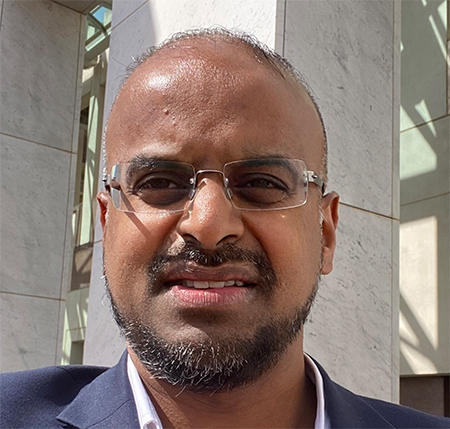 If you’re not wondering whether this column is composed by an algorithm, perhaps it’s time you should be.
If you’re not wondering whether this column is composed by an algorithm, perhaps it’s time you should be.
Generative AI is the hottest technology of 2023. At its core, it involves the ability to generate text, images and sounds in response to a written query or prompt.
The basic idea is not new. Artificial intelligence has been infused in products such as Internet search engines and virtual assistants such as Siri for many years.
However, the latest family of applications – of which ChatGPT and Google’s Bard are only the most notorious – have caused such a sensation because they offer the potential to automate content on an industrial scale. This includes everything from prewritten corporate marketing emails to essays, speeches and newspaper articles; even literature and works of art.
The AI algorithms behind these products are “trained” on massive datasets. They literally gobble up books, websites and other text-based materials, using them to recognise common linguistic and creative patterns so they can automate the production of further words.
Education is one area where this type of thing has the potential to be truly revolutionary – or dangerous – and the implications should be carefully worked through.
So far, most attention has focused on generative AI’s downsides: the fact it makes it easier for students to cheat on their Year 9 geography paper or consult a chatbot during an exam. While teaching aids such as calculators and the Internet have long been integrated into the classroom, the ability of generative AI to simulate convincing written answers on demand would undoubtedly rob students of vital critical thinking and problem-solving skills.
Part of the very essence of education has been chewing off the end of a pencil, struggling to work through a problem in a bid to truly understand.
NSW public schools were the first in Australia to ban ChatGPT and other forms of generative AI. A firewall prevents students from accessing these applications on school networks. However, recognition is slowly dawning that there is no use sticking heads in the sand. A more balanced approach is needed to balance opportunities and risks. As Steve Worrall,
Managing Director of Microsoft Australia said earlier this year, “This wave is not one you can say we are choosing not to participate in.”
As I write, the federal government has launched an inquiry into the use of generative AI within the education system. Federal, state and territory ministers are also working to develop a best practice framework for use within schools. Schools can’t be left to navigate this ethical minefield on their own. However, regulatory efforts are nascent worldwide. Even this month’s meeting of G7 leaders in Hiroshima committed to progress on harmonising international standards by the end of 2023.
How could generative AI improve teaching practices? At a time when schools are critically understaffed, the technology offers the potential to dramatically reduce teacher workloads. Already, adaptive learning solutions are being piloted that assess students’ knowledge and abilities, identify gaps and personalise course content. You can imagine teachers ingesting a student’s work into an AI tool that then churns out tailored worksheets and quizzes to everyone in class.
Generative AI could help with marking homework. AI-powered voice-to-text apps can also powerfully augment the experience of students with special needs such as visual and hearing impairments, or those whose first language is not English. In so many ways, the capacity of teachers can be freed up to shift to higher-level tasks such as mentoring and face-to-face support.
Much as calculators have been woven into the teaching of maths, platforms like ChatGPT could herald a rethinking in the teaching of humanities subjects such as English. More profoundly, perhaps our education system needs to start assuming that students will graduate into a world where content is increasingly automated and “artificial”.
Generative AI might help get you a rough first draft – but the skill will come in modifying and personalising the work. Perhaps there will be some assignments where the likes of ChatGPT are allowed – while others strictly require pen and paper, with no devices in the room.
There’s a revolution coming to the classroom, faster than we think. Now is the time to shape this future so it truly works for both teachers and kids.
Alan Mascarenhas
Alan is a journalist and communications specialist. He writes a weekly column for Parra News.
